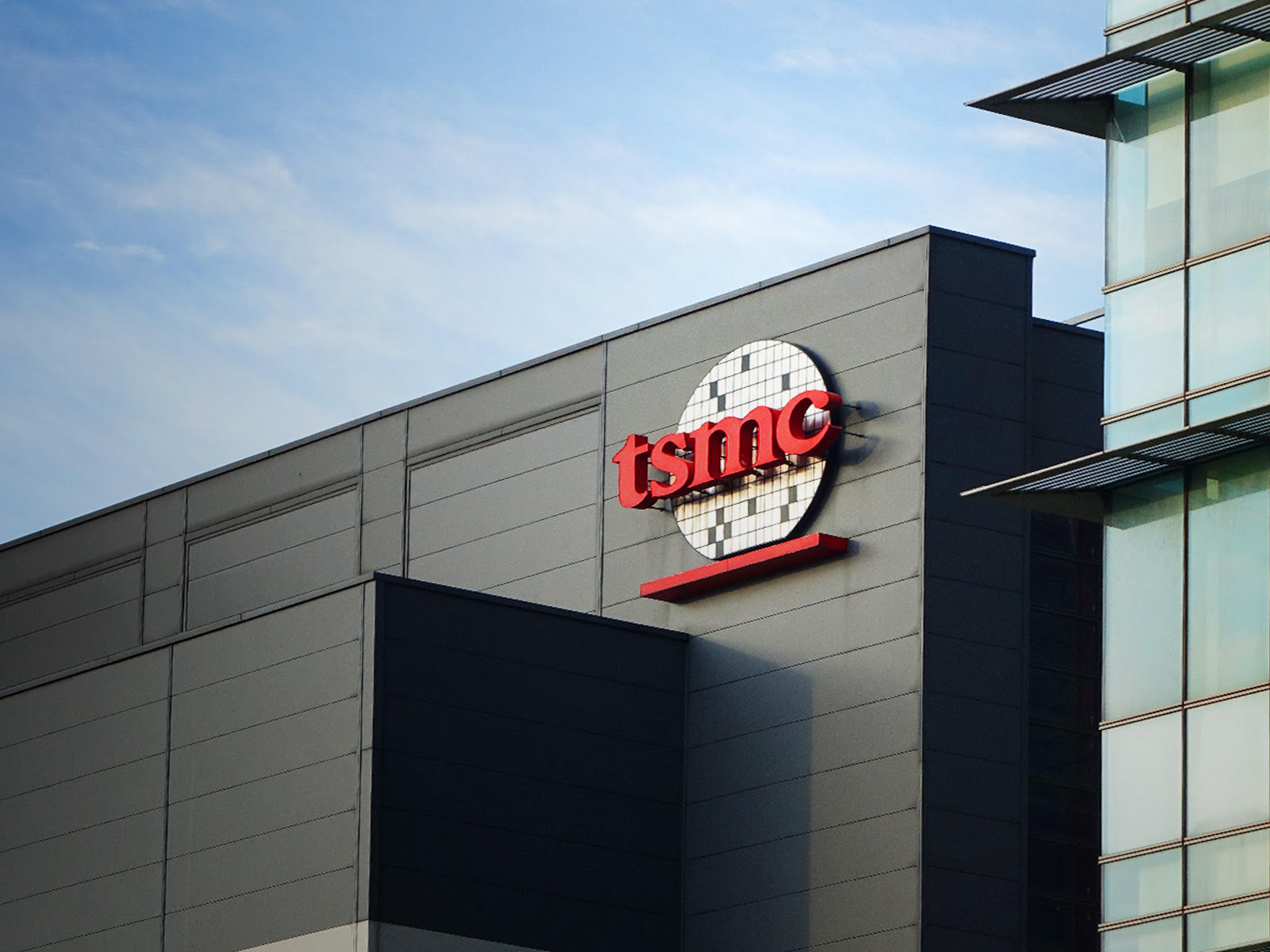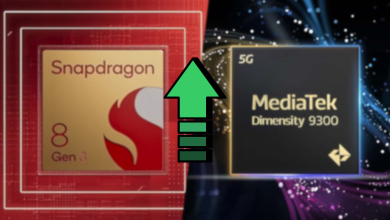Apple Has Reportedly Significantly Reduced Its 3nm Orders From TSMC

One of the top companies to retain TSMC’s production capacity is Apple. TSMC places such a premium on the American brand that it even receives certain special treatment. Several firms, including prominent names, reduced their chip orders as a result of chip shortages and other challenges in the semiconductor sector.
Initial reports, however, state that Apple won’t be impacted by these circumstances and would continue to fulfil its orders. Also, it is said in the rumors that TSMC’s 3nm technology would only have one other significant client this year—Apple. Apple’s orders with TSMC seem to have been cut, thus it appears that the company is now also feeling the pressure.
Popular Weibo tech blogger @CellPhoneChipExpert, whose moniker roughly translates to “cell phone chip expert,” reports that Apple has once again decreased the quantity of wafers produced. His assessment indicates that the drop this time is fairly significant. Production lines for the N7, N5, N4, and certain N3 models total up to 120,000 units.

The A17 Bionic is said to be manufactured utilizing TSMC’s N3 (3nm) production node, and it is anticipated that it will be found within the iPhone 15 Pro and iPhone 15 Ultra. The M2 Ultra and M3 chips from Apple may also use the same node.
According to Digitimes, TSMC has been more successful than Samsung Foundry in attracting new clients. Compared to the FinFET transistors used by TSMC for their 3nm node, Samsung’s 3nm node employs Gate-All-Around (GAA) transistors, which enable the gate to come into touch with the channel on all sides and result in reduced current leakage and greater driving current.

FinFET employs horizontally positioned vertical “fins,” while GAA uses horizontally positioned horizontal nanosheets. In 2025–2026, TSMC is anticipated to switch to GAA for its 2nm manufacturing.
According to the story, Intel has agreed to alter its roadmap and postpone receipt of its 3nm orders in order to provide Apple with the majority of the 3nm manufacturing capacity later this year. While there may not be a large rush for orders given the cost, TSMC’s improved 3nm manufacturing node (N3E) might emerge this year.
Digitimes reports that in 2004, a 90nm wafer could be purchased for about $2,000. By 2016, the cost of 10nm wafers was $6,000, while the cost of 5nm wafers, which made their debut in consumer devices in 2020, was $16,000. The cost of a wafer for 3nm devices is about $20,000.
Transistors used in today’s chip designs attempt to do both tasks from the same side, which complicates the process and restricts the usage of miniaturization. The price has significantly increased as a result of this.





